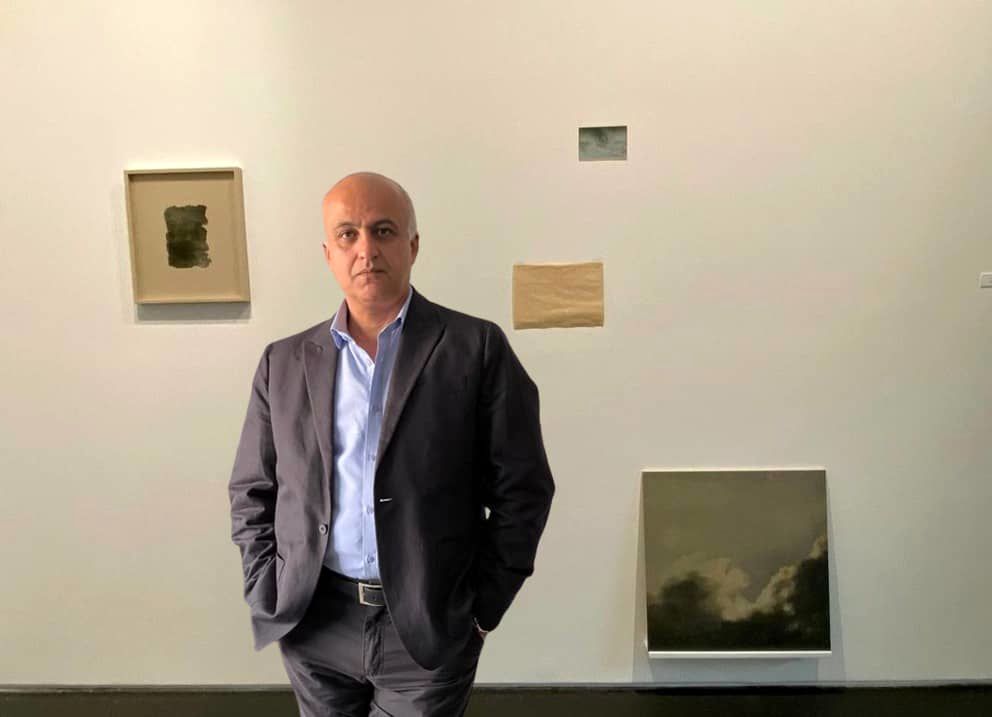Hamidreza Shafiei | Vesta Color
Hamidreza Shafiei, More Than Ever: Middle Eastern Women Artists

To see the historical presence of women artists, simply investigate the Middle Eastern art environment.
IranArt : The top five artists in the Master of Fine Arts program—all young women—had their work on show at New York University Abu Dhabi last week, according to Vesta Color manager Hamidreza Shafiei.
He added: "Women artists are clearly far more numerous than male artists in Tehran, and one only needs to attend events and art competitions to witness their formidable presence."
Hamidreza Shafiei observed: "The state of Dubai's art scene is comparable, as seen by the exhibitions on Alserkal Avenue and other galleries. Another excellent example is the 16th Sharjah Biennial, where five female curators were chosen by Hoor Al Qasimi, President and Director of the Sharjah Art Foundation."
He underlined: "Yes, women artists are bringing about a significant transformation in Middle Eastern art in the modern era. This is the case even though there were very few female painters in the Middle East approximately a century ago—you could count them on your fingers. For example, in Iran, Monir Farmanfarmaian, Iran Darroudi, Mansooreh Hosseini, and Behjat Sadr, or in Iraq, Bahija Khalil or Fahrelnissa Zeid, Jordanian painter of Turkish heritage, or Emirati painter Najat Makki."
Hamidreza Shafiei countered that the number of girls and women artists in the Middle East is growing every day and that it is now difficult to count.
He went on to explain that Middle Eastern female artists bear responsibility for how they display and express their talent due to the cultural and social fabric of their societies.
He declared: "Mobility, effort, and strong presence in the fields of visual and non-visual arts have not been limited by these cultural and territorial frameworks. Conversely, all of these topics provide as significant platforms for the formation and exchange of ideas inside societies as well as for contact with people in other climes and cultures."

Hamidreza Shafiei concluded by saying that all art institutions in the area, including governmental and private ones as well as galleries and museums, had a responsibility to support women and girls in this creative endeavor, because this is the turning point that will drastically alter how the world views the Middle East.

